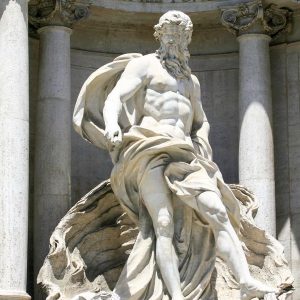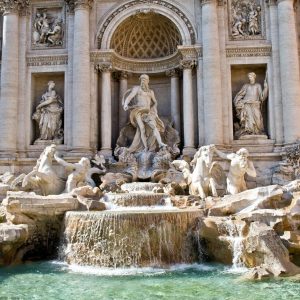Nicola Salvi
Showing the single result
Nicola Salvi (1697-1751) was an Italian architect and sculptor who is best known for designing the Trevi Fountain in Rome. He studied architecture and engineering under Luigi Vanvitelli and became an accomplished architect, sculptor, and urban designer. Salvi was commissioned to design the Trevi Fountain in 1730, and the construction was completed in 1762 after his death. The fountain features a grand baroque design with mythological figures, sea creatures, and the statue of Oceanus. Salvi also worked on several other projects in Rome, including the church of Santa Maria Maddalena, the façade of the church of San Giovanni dei Fiorentini, and the Palazzo Poli. His work represents the quintessential baroque style of Rome, characterized by grandeur, dynamism, and emotional intensity.


